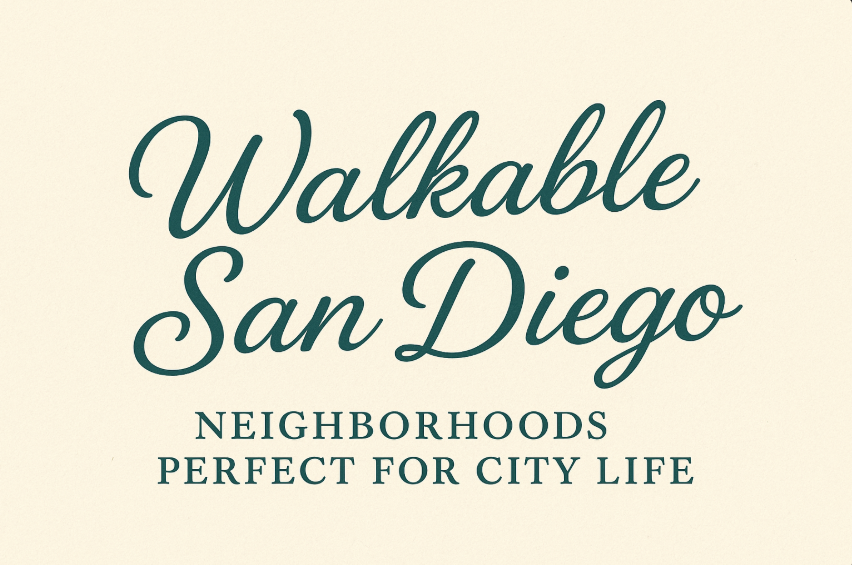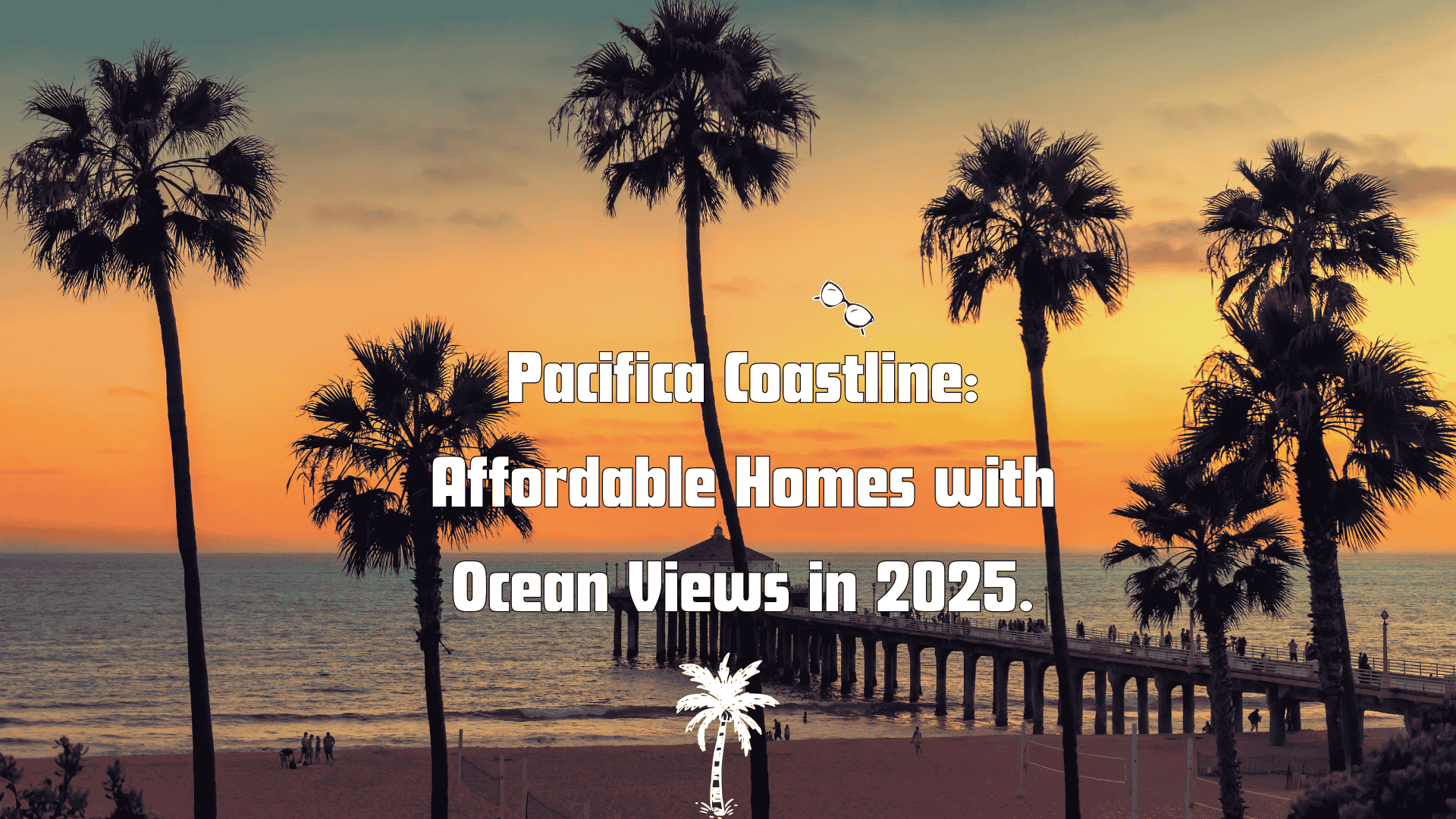From Industrial Heart to Housing Hotspot
Fremont’s rise begins where others planned to change. Instead of replacing factories with glassy office campuses, city leaders doubled down on its industrial legacy. Since 2018, they expanded advanced manufacturing housing over 900 companies and more than 65,000 jobs turning Fremont into the West Coast’s largest hub outside of traditional tech corridors, marking Fremont as a new frontier for housing.
Yet the city still lives up to state housing obligations. With land held by industries, Fremont leaned into vertical growth planning for 13,000 housing units by 2031, including 7,000 affordable ones focused primarily in its 110-acre downtown district.
Prices Climbing, Affordability Shrinking, Fremont as new Housing Frontier.
Fremont’s housing market is now the priciest among major Bay Area cities. In August 2023, median home values hit $1.4 million edging past San Francisco and nearly 75% of properties sold above asking. Meanwhile, suburban clichés vanish as cost per square foot jumped to about $960, slightly higher than San Francisco. This all highlights Fremont’s evolution as a promising housing frontier.
Homes in neighborhoods like 28 Palms illustrate the surge: one three-bedroom home bought in 2016 for the equivalent of $1 million today resold in 2023 for nearly $1.53 million.
Transit and Planning Drive Demand, Fremont as new Housing Frontier
Fremont didn’t rely on random growth it coordinated housing with infrastructure. The Warm Springs Innovation District exemplifies this: nearly 70% complete, it blends housing, schools, parks, greenways, and walkable streets around BART access. That design drew both residents and developers, further reinforcing Fremont as the new frontier for housing enthusiasts.
An extension of that vision includes the upcoming Irvington BART station slated to open in 2031. Planners expect the station to be a magnet for transit-oriented housing and mixed-use development.
Fremont as new Housing Frontier. A Balanced but Pressured Economic Model
Fremont’s strategic refusal to surrender industrial land preserved middle-income manufacturing jobs while escalating housing demand. That economic balance, uncommon in Silicon Valley, kept jobs accessible even as housing prices soared, marking Fremont’s emergence as a bold new housing frontier.
Yet housing affordability suffers. Homes now cost roughly double what the average resident earns, a 2× price-to-income ratio. Even with mixed-income housing incentives, hitting affordability targets remains an uphill climb.
Further complicating the picture, analysts recalculated rent-vs-buy math across the Bay finding for cities like Fremont, the break-even point for buying now exceeds 30 years. That dramatically shifts the calculus for would-be homeowners.
Why Should Readers Care?
- Unexpected Center of Growth Fremont didn’t chase Silicon Valley glamour. It leaned into its industrial roots yet still emerged as a housing hotspot.
- Affordable Promise in PerilDespite proactive planning, soaring prices and income gaps highlight the challenge of keeping homeownership within reach.
- Infrastructure Shapes the Future Transit, development, and mixed-use design aren’t buzzwords here they’re the blueprint every other Bay Area city watches.
In short, Fremont became the Bay Area’s quiet housing frontier not by chasing trends, but by crafting a deliberate, balanced model industrial backbone, high-value housing, and thoughtful planning. Yet affordability and demand remain urgent tests ahead.
Let me know if you’d like a sidebar listing three local neighborhoods to watch or a visual layout of transit-linked housing zones.








Leave a Reply